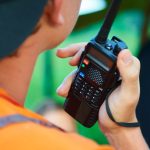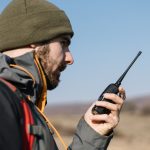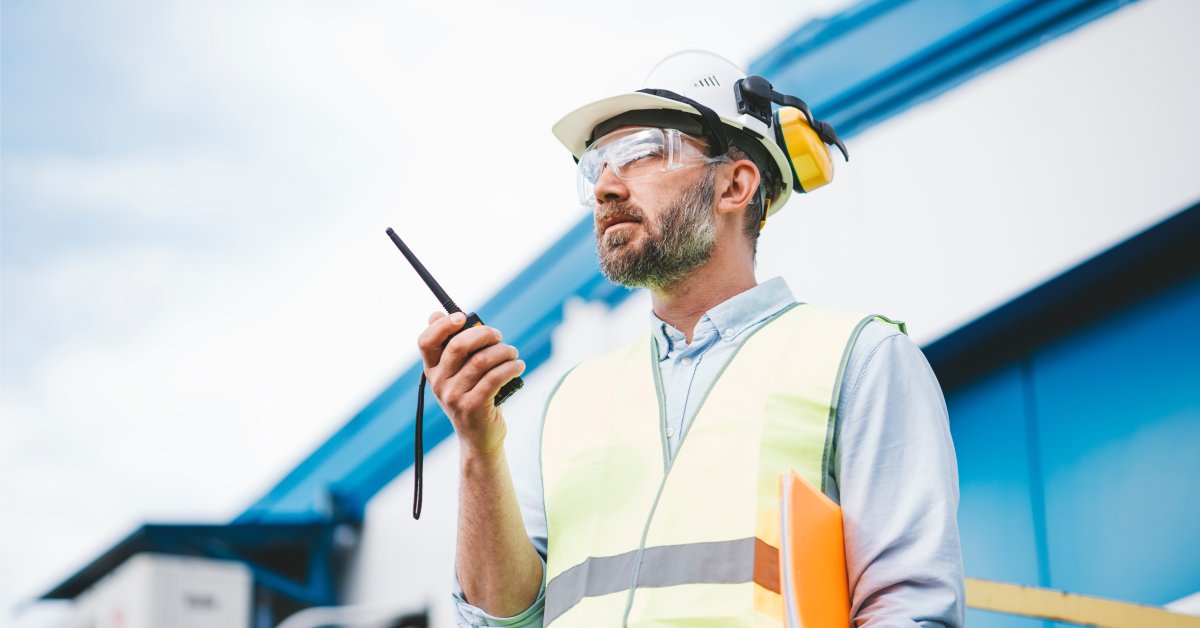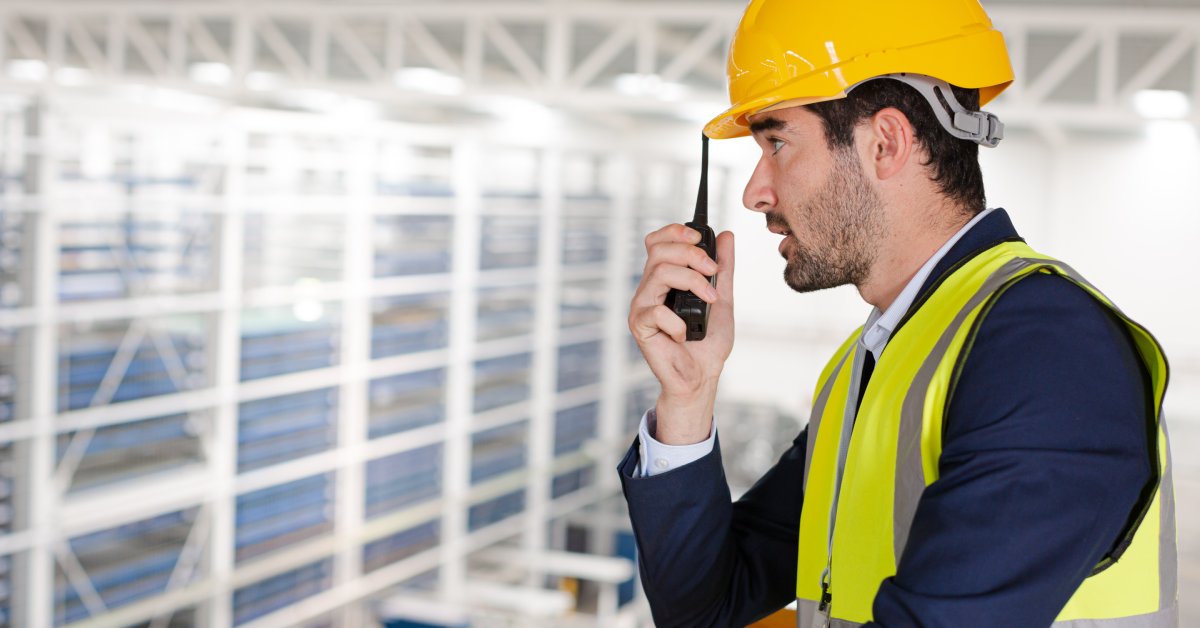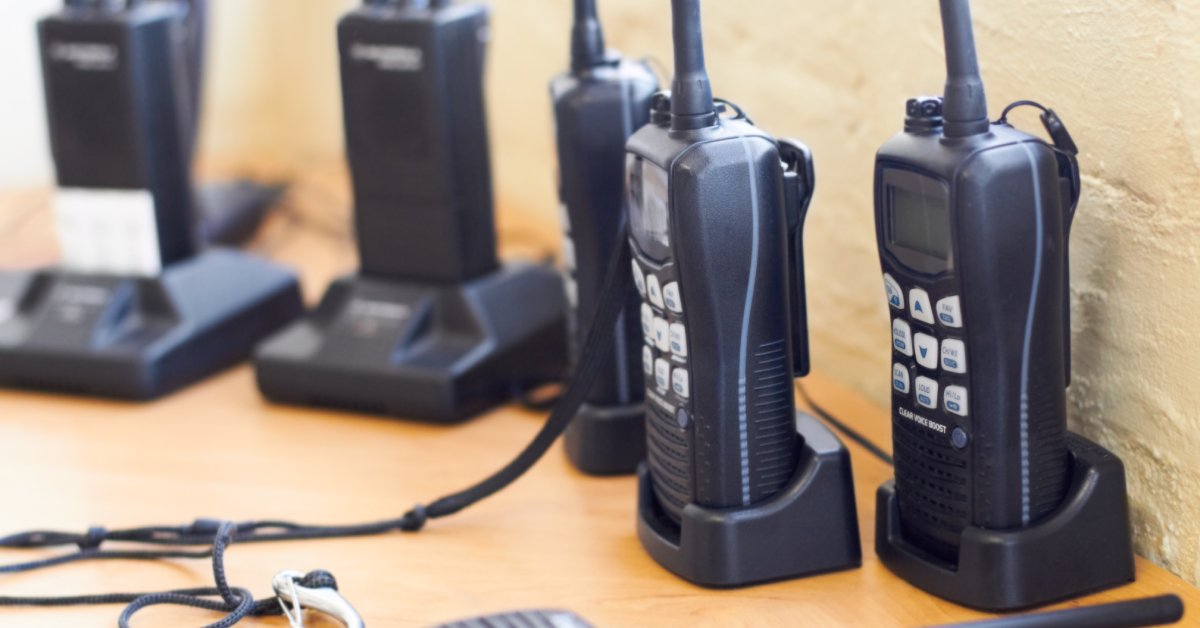Two-way radios are invaluable tools for seamless, instant communication across an array of industries. Whether you’re managing a construction site, ensuring security, or coordinating events, two-way radios keep your team connected.
However, like any piece of technology, two-way radios require proper care and maintenance to function reliably and efficiently. Neglecting them can lead to signal distortion, poor battery life, and downtime. This guide will help you understand how to keep your two-way radio operating at peak levels, ensuring its longevity and dependability.
Understanding Your Radio
To keep your two-way radio running smoothly, it’s essential to first understand its key components and their functions. At its core, your two-way radio contains a microphone, speaker, battery, antenna, and transmitter/receiver circuitry.
The speaker and microphone work together to allow clear, real-time conversation, while the antenna facilitates sending and receiving strong signals. The battery powers the device, making its maintenance critical for durability, while the internal circuitry is what processes incoming and outgoing communication signals. Knowing these parts and their functions equips you to identify and resolve any issues.
Mistreating any one component can jeopardize the performance of your radio. For instance, a damaged antenna won’t transmit signals effectively, hampering connectivity. Additionally, improper care of batteries may cause them to struggle to retain charge, abruptly disabling communication. Understanding how these individual pieces work as a whole sets the foundation for careful maintenance practices.
Regular Maintenance Tips
Routine maintenance is essential to keep your two-way radio operating at peak levels. Check out these helpful tips.
Cleaning
Start by thoroughly cleaning your radio. Harsh environments, like construction sites and outdoor event venues, often expose radios to dust and debris, causing buildup on the device over time.
Use a slightly damp, lint-free cloth to wipe down the radio’s exterior. Pay special attention to the microphone and speaker areas, as clogged components can disrupt sound quality. Avoid using abrasive cleaners or getting water into the device’s inner workings, as this can lead to irreparable damage.
Battery
The battery is another critical point of focus. One of the main culprits behind underperforming radios is poor battery health. Be sure to charge the battery only with the manufacturer-approved charger, as third-party chargers may degrade the battery faster.
Remove batteries from the radio unit if you’re not using the device for an extended period; this prevents gradual drainage and corrosion. Furthermore, periodically assess the battery for any signs of physical degradation, such as bulging or leaking. Should you notice anything unusual, replace it immediately to avoid safety hazards and interruptions in communication.
Antenna
Don’t forget to inspect the antenna regularly. The antenna is crucial for maintaining strong and reliable communication signals. If the antenna becomes bent, cracked, or loose, the radio’s performance can decline significantly.
Tighten any loose antennas and replace damaged ones promptly. Additionally, make sure that you protect your radio and its antenna from impacts by using a proper carrying case or clip when not in use.

Troubleshooting Common Issues
Even the best-maintained two-way radios encounter issues from time to time. Knowing how to troubleshoot common problems can save you time and minimize disruptions.
Weak or Lost Signals
One frequently reported issue involves weak or lost signals. If you’re experiencing this, check the antenna for damage or secure any loose connections. Interference from nearby electronic devices or structures may also cause signal problems. Try moving to a clearer area or switching to a different channel to see if the issue resolves.
Battery Drainage
Battery drainage is another common concern among radio users. Overcharging or leaving your battery charging for too long might cause it to wear out faster than expected. Additionally, outdated batteries naturally lose efficacy over time. Always use approved chargers and keep spare batteries handy in case you need replacements.
Slow Response or Audio Distortion
Slow response or audio distortion is another issue that might indicate a dirty speaker or microphone. Clean these areas carefully using a soft brush to remove debris.
Loss of Power
A radio that powers off unexpectedly may have a loose battery connection or a failing power switch. Secure the battery firmly and inspect the power button for damage. If none of these troubleshooting steps solve the issue, the problem might lie within the internal circuitry, which will likely require professional assistance.
Professional Servicing
While basic maintenance and troubleshooting can resolve most minor issues, there are times when professional servicing becomes necessary. If your radio experiences consistent problems despite your best efforts, you may need a deeper evaluation. Professional technicians have access to advanced diagnostic tools that pinpoint underlying issues within the internal circuitry or software, helping to safeguard your investment.
Periodic servicing, even when no problems are obvious, is a proactive strategy for keeping your radios in top condition. A thorough inspection can identify wear and tear that isn’t visible to the untrained eye. For example, technicians can recalibrate your radio’s frequency settings to ensure that signal transmission remains robust and interference-free. They can also conduct firmware updates that optimize the device’s performance, adding new features or improving security protocols.
Professional servicing is particularly important when working in demanding or regulated environments, such as emergency services or industrial sites. With so much on the line, ensuring reliable communication tools isn’t just a matter of convenience but also safety. Schedule regular checkups with authorized service providers to maintain your radios and be sure to use reputable professionals to avoid voiding your warranty or risking substandard repairs.
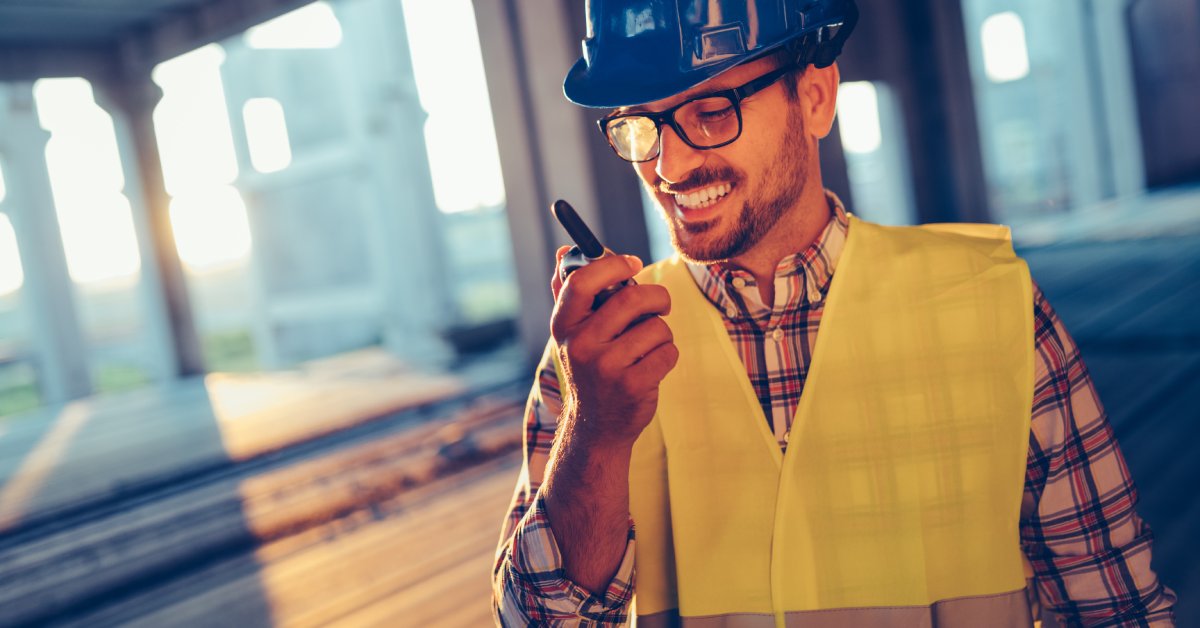
Proactive Care Builds Long-Term Reliability
Maintaining peak performance for your two-way radio demands both diligence and awareness. By understanding the essential components of your device and following routine maintenance practices, you can significantly extend its lifespan and reduce the risk of disruptions. Troubleshooting common issues proactively can prevent minor faults from escalating into major breakdowns, while professional servicing ensures that your radio stays optimized for maximum reliability.
Investing consistent time and care into your two-way radios creates better outcomes for the device itself and for your team’s operational efficiency. Don’t wait for problems to arise before taking action. Make these maintenance tips part of your routine so you can stay connected exactly when it matters most. With proper upkeep, your two-way radio will remain a dependable and trusted tool in any operational setting.
If you notice your radio battery is outdated or underperforming, Battery Distributors can help. We offer a wide selection of high-quality replacement batteries, including Motorola XTS 2500 LI batteries, so you can stay connected. Contact us today to enjoy uninterrupted communication with our long-lasting radio batteries.



